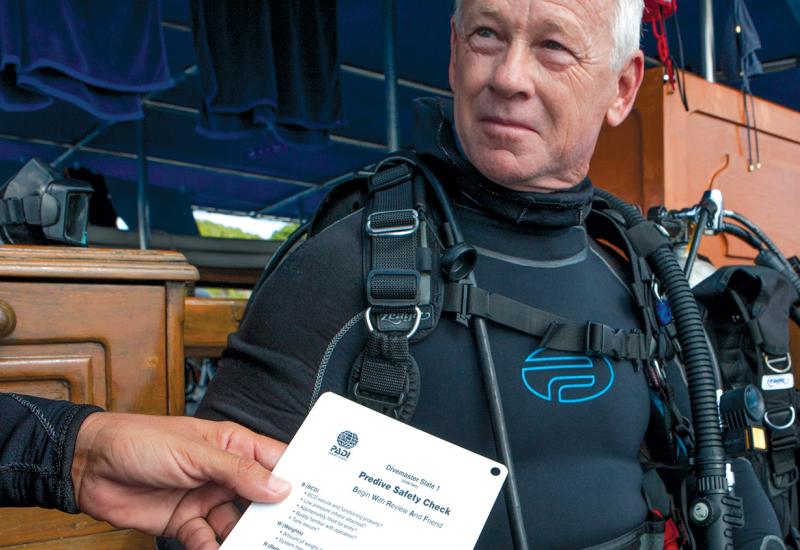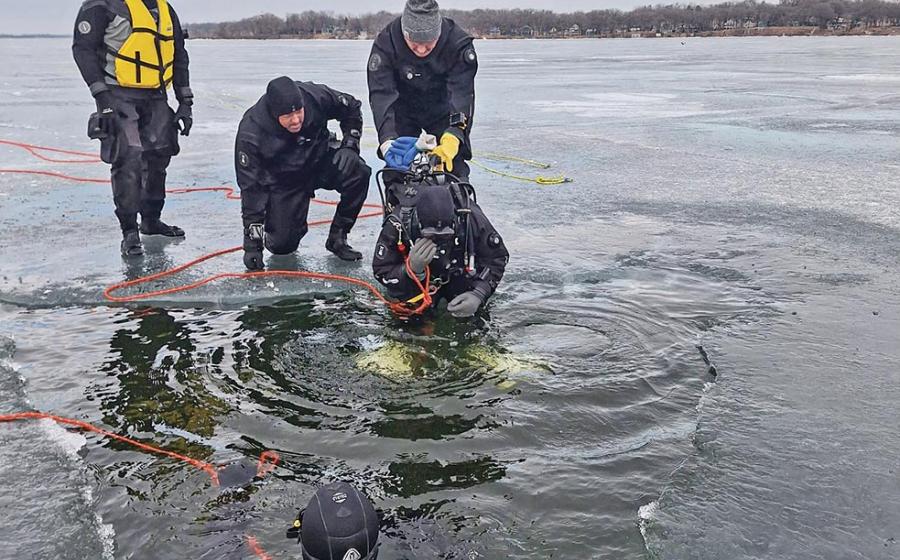Ask DAN: Can I Dive with a Patent Foramen Ovale?
My family and I love diving and make it a point to vacation at a dive destination every year. But I experienced decompression sickness on our trip a few months ago and, after speaking with my doctor, suspect I might have a patent foramen ovale. Should I look into having it closed or am I better off hanging up my fins for good?

iStockMany individuals with PFOs never have the defect diagnosed or present with any complications from the condition. With divers, however, there are additional concerns.
One of the most common cardiac-related questions we hear at the DAN hotline involves the safety of diving with a PFO. Here’s a look at some of the topics we field most frequently:
What is a PFO?
A patent foramen ovale is an opening in the wall separating the left and right atria, the upper chambers of the heart. The opening is a remnant of a flap valve found in the heart of a fetus developing in utero, where the blood is shunted directly from one atrium to the other, to circulate oxygenated blood from the mother. This flap gets sealed after birth in most cases, but in about 25 percent of children, the flap never completely shuts and persists into adulthood as a benign and rarely identified defect.
Is it dangerous?
A PFO rarely presents complications to otherwise healthy adults under normal circumstances. Many individuals with PFOs never have the defect diagnosed. With divers, however, there are additional concerns. Gas bubbles that occur in venous blood after a dive could pass through the PFO and bypass the lungs, potentially causing decompression sickness.
How can a PFO be identified?
A PFO can be identified by injecting a small amount of air into a vein and monitoring its passage through the heart using contrast echocardiography. During the course of the test, patients will be asked to sniff or perform a Valsalva maneuver to open the PFO flap and let blood flow from the right to the left atrium.
These exams are invasive, and should not necessarily be the first step in dealing with a potential PFO. If you have never had decompression sickness, there is no need to test for a PFO. If you have had DCS, you should have a specialist in dive medicine determine the best course of action for your individual situation.
Can you dive with a PFO?
Yes, but you might be at an elevated risk of DCS. If you have severe decompression sickness or repeated episodes of skin DCS, you should get tested before continuing to dive.
It is important to remember that not all divers with a PFO get DCS, but it could be a risk factor. For a PFO to cause decompression sickness, it must be quite large, the diver must have a significant number of bubbles in the venous blood surrounding the brain, inner ear or spinal cord, and the PFO must be opened by coughing, lifting heavy objects or squatting. Even if all of those conditions are met, you can mitigate your risk of DCS by following a conservative dive profile.
Can a PFO be closed?
A PFO can be closed by a relatively routine transcatheter surgery, but there is no evidence-based risk-benefit analysis of the procedure. The final decision about whether to proceed with the closure surgery should be based on a thorough analysis of your dive practices, the results of contrast echocardiography testing, and your priorities in diving. Ultimately, PFO closure is your individual decision, but it requires extensive consultation with qualified dive-medicine professionals, and a thorough analysis of your diving habits and goals. For more information on heart health and diving, visit dan.org/health.
Get more dive medicine and health tips, on the Dive Medicine, Health & Fitness section of our website.










